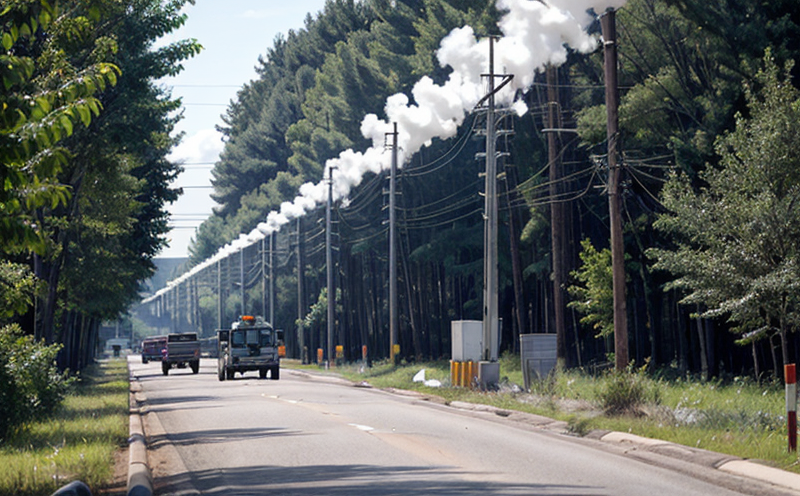EN 13284 Low Concentration Dust Measurement Testing in Utilities
The European Standard EN 13284:2007 specifies a method for measuring low concentration dust in the air of industrial and utility environments. This standard is particularly important for ensuring that utilities meet stringent environmental compliance requirements, thereby protecting public health and safeguarding the environment.
Utility companies operate under tight regulatory frameworks, often dictated by local and international standards like ISO and EN, to ensure they are not only compliant with legal requirements but also contribute positively to sustainability goals. Low concentration dust measurement is one such critical parameter that helps utilities maintain a clean operational environment and prevent the spread of harmful particulates into the surrounding areas.
Our laboratory adheres strictly to the procedures outlined in EN 13284, ensuring accurate and reliable results for our clients. The standard covers the entire process from sampling to analysis, including the use of appropriate equipment such as cyclone samplers or impactors to collect dust particles, followed by gravimetric analysis to determine their concentration.
Sampling locations are critical in this testing method. They should be strategically placed within utility plants where there is a higher likelihood of dust accumulation, such as around boilers, turbines, or any areas where combustion processes occur. Proper placement ensures that the collected samples accurately reflect the overall air quality conditions within the facility.
Once collected, the samples undergo rigorous analysis using precision balances and particle counters to measure both mass concentration and size distribution of dust particles. The results provide valuable insights into the operational efficiency of the plant and help identify potential sources of contamination that could lead to higher emissions or health hazards.
The standard also emphasizes the importance of calibration and maintenance of sampling equipment, which is crucial for obtaining consistent and accurate measurements over time. Regular checks ensure that all instruments are functioning correctly and contribute significantly to the reliability of test results.
Understanding the broader implications of low concentration dust measurement in utilities allows us to appreciate its significance beyond mere compliance. By adhering strictly to EN 13284, we assist our clients in maintaining their reputation as responsible stewards of public health and the environment. This approach not only helps them avoid costly fines but also enhances their brand image among regulatory bodies and the general public.
| Utility Type | Application |
|---|---|
| Cogeneration Plants | Monitoring dust levels in exhaust gases to ensure compliance with air quality standards. |
| Power Plants | Detecting fugitive emissions from coal handling systems and combustion processes. |
| Water Treatment Facilities | Identifying airborne particulates that might contaminate water supplies. |
Customer Impact and Satisfaction
- Improved Compliance: Clients benefit from accurate, reliable dust measurements that help them stay compliant with stringent environmental regulations.
- Safety Assurance: By reducing the risk of dust-related health issues among employees and nearby communities, we enhance overall safety standards.
The detailed reports generated based on EN 13284 provide actionable insights that can drive continuous improvement in utility operations. This leads to enhanced performance metrics and a more sustainable operational environment.
- Cost Savings: Early detection of potential issues allows for preemptive maintenance, thereby reducing repair costs associated with equipment damage due to dust accumulation.
- Informed Decision Making: Accurate data helps management make informed decisions regarding resource allocation and operational adjustments aimed at minimizing environmental impact.
Environmental and Sustainability Contributions
Implementing EN 13284 low concentration dust measurement testing plays a significant role in promoting sustainability within the utility sector. By ensuring that dust emissions remain at acceptable levels, utilities contribute to cleaner air and healthier ecosystems.
- Emission Reduction: Continuous monitoring helps utilities identify and implement strategies to reduce harmful particulate matter releases into the atmosphere.
- Resource Efficiency: Enhanced operational efficiency translates directly into lower resource consumption, supporting overall sustainability efforts.
The laboratory's commitment to adhering strictly to EN 13284 ensures that our clients can contribute positively to global sustainability goals. Our services go beyond mere compliance; they support the creation of a more sustainable future by providing essential data and recommendations for continuous improvement in utility operations.





